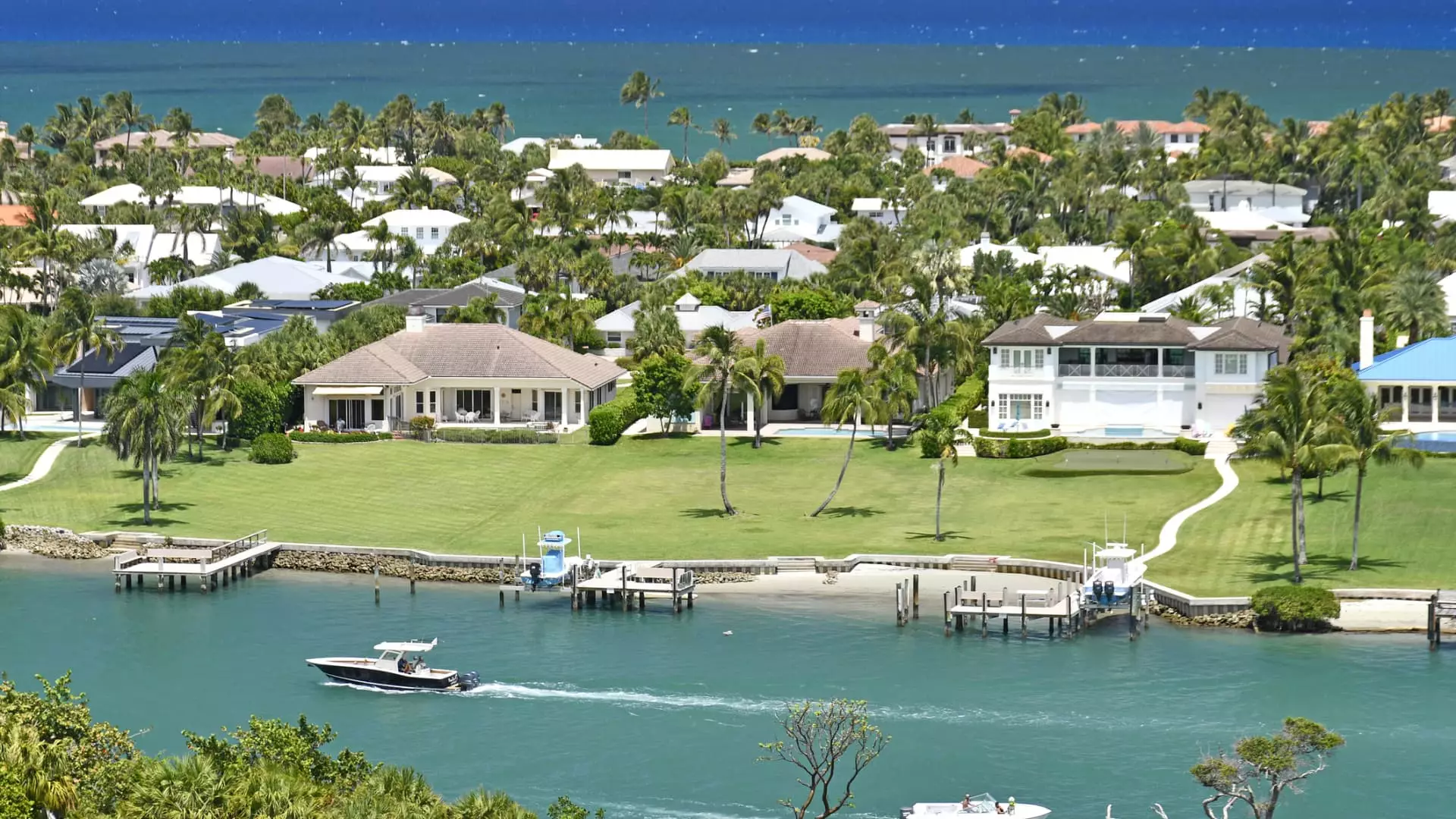The luxury real estate landscape in 2025 is starkly polarized, revealing a growing rift between the ultra-rich and the merely affluent. The latest insights from Coldwell Banker, derived from a survey of 200 luxury property agents, underscore that economic uncertainty has not dampened the appetite of the ultra-wealthy but has noticeably restrained wealthier-but-not-elite buyers. This bifurcation in buyer behavior raises questions about not just market dynamics but the broader implications for wealth inequality and economic resilience in a volatile environment.
Ultra-Rich Buyers: Unstoppable and Cash-Driven
At the top tier, individuals with fortunes over $30 million are exhibiting remarkable confidence, continuing to snap up high-end properties with an increasing preference for all-cash transactions. This has accelerated a trend that might seem counterintuitive: while ordinary buyers retreat, the ultra-wealthy double down. Elevated interest rates, instead of holding them back, appear to reinforce their preference for cash purchases—an obvious choice when borrowing costs soar. As Coldwell Banker president Jason Waugh emphasizes, cash isn’t merely about convenience; it confers control, speed, and a competitive edge. These buyers, cushioned by their extraordinary wealth, avoid the irritation of financing costs and capitalize on market volatility to deepen their foothold in hard assets.
This behavior confirms a grim but undeniable truth: wealth begets insulation. While the average affluent buyer wrestles with higher interest rates and economic uncertainty, the ultra-rich deploy their liquidity as a shield, enabling them to acquire prime real estate at a time when many competitors flinch.
The Fragility of the Wealthy—Not Ultra-Wealthy—Segment
On the other hand, investors with fewer resources—though still wealthy—are increasingly cautious. Interest rate hikes have markedly dampened their eagerness, curbing purchases and compelling more strategic, slower decision-making. The reality is difficult but clear: these buyers feel the pinch from rising borrowing costs, leading to fewer transactions and more price reductions in luxury listings.
The data reveals that while total luxury home sales rose in the early months of 2025, May’s decline—after a sharp April stock market volley—highlights the vulnerability of these buyers to broader market jitters. Attached luxury housing, often more affordable within this bracket, suffered a particularly steep 21.1% year-over-year drop in sales, signaling how sensitive mid-level wealth holders are to economic shocks.
Real Estate as a Hedge in Uncertain Times
Despite these headwinds, many affluent buyers maintain or even increase their real estate holdings, viewing property as a tangible hedge against inflation and market volatility. Real estate offers a peculiar comfort in uncertain times—something solid, tangible, and ostensibly safer than equities or speculative financial products. This perception isn’t fanciful; genuine asset preservation is a rationale that has garnered renewed respect in the wake of global economic turmoil.
Yet, this is not an environment where buyers can be complacent. Across all tiers, the criteria for luxury properties have sharpened, shifting from simple opulence to a demand for smart, integrated amenities and wellness features. The first-time luxury buyers, in particular, are far less willing to settle, expecting cutting-edge appliances, spa-level facilities, and seamless indoor-outdoor living spaces. This trend reflects a broader evolution in consumer expectation—wealth status alone no longer guarantees acquisition; sophistication and lifestyle alignment weigh heavily.
Implications for the American Dream and Market Equity
The emerging narrative is concerning. If ultra-rich buyers disproportionately benefit from economic shocks and can capitalize on liquidity advantages, wealth concentration deepens even more. Meanwhile, the affluent but financially less untouchable are increasingly marginalized. This dynamic threatens not just market stability but social mobility, reinforcing barriers that keep luxury property ownership exclusive to an elite few.
For policymakers and market watchers, these trends suggest it is vital to watch beyond headlines of the luxury market’s average gains. The hidden divide reveals that financial resilience increasingly depends on one’s starting point of wealth—reinforcing a cycle where the privileged grow wealthier and the relatively less wealthy struggle to maintain their positions.
Only by recognizing this growing disparity can there be meaningful dialogue about fairer wealth distribution and more inclusive financial policies, ensuring luxury real estate does not become yet another domain of exclusion. The market isn’t just divided; it’s a mirror reflecting the deeper fractures in our economic fabric.

